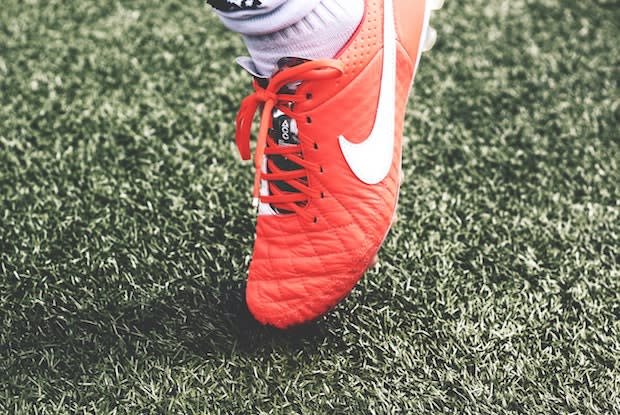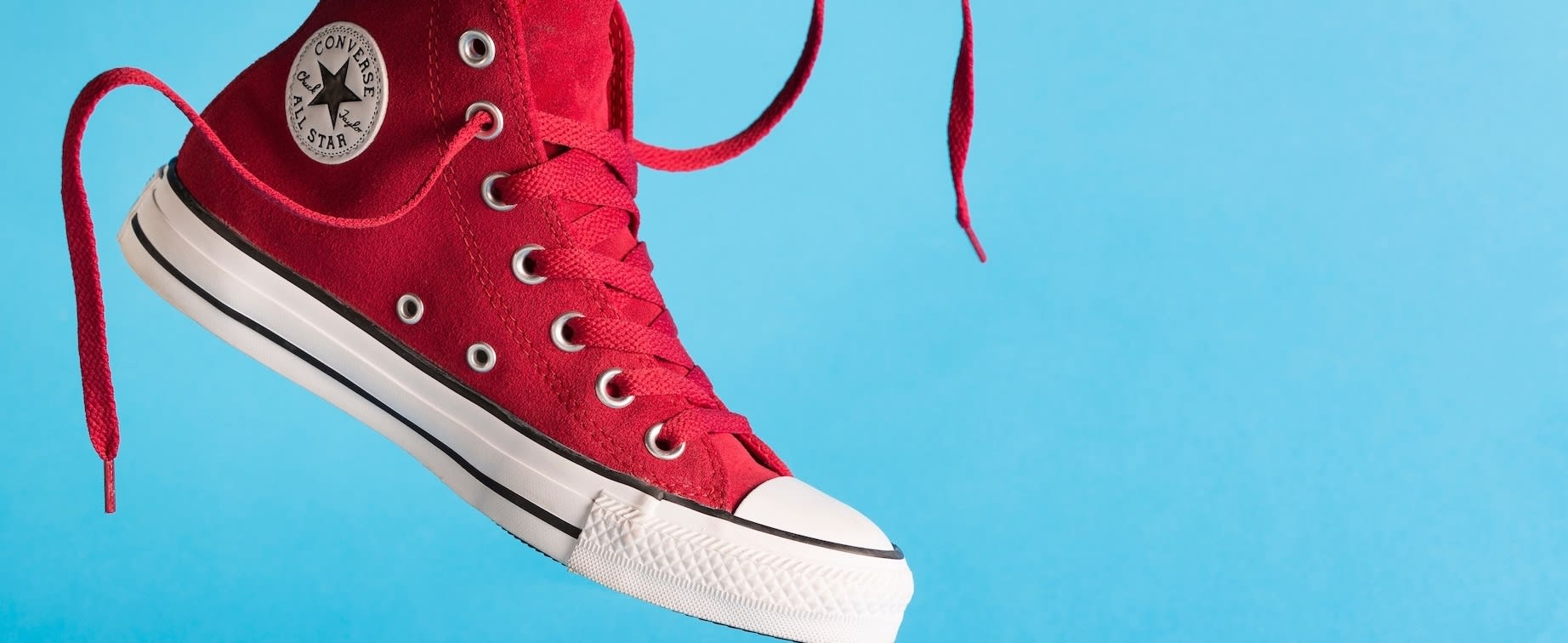Table of Contents
II. Most Common Fungal Skin Infections
IV. Treating Fungal Infections
Fungi 101
There are many types of fungi and they live everywhere around us. Fungi range from single-celled structures to complex multicellular organisms. They occur naturally and are essential for various important processes, such as releasing carbon, oxygen, nitrogen, and phosphorus into the soil and atmosphere. Fungi also break down organic matter. They live in the air, bodies of water, plants, and animals. [1]
There are approximately five million fungi species worldwide, but only a small number of species cause skin infections in people. [1] [2] The most common fungus that affects people is called the dermatophyte. Dermatophytes cause a type of infection known as tinea, which is responsible for athlete’s foot, ringworm, and jock itch. [3] This type of fungus thrives in warm and moist areas like gym lockers, communal shower floors, and body parts like the hair and nails.
Another common problematic fungus is the Candida albicans. This type can live in the mouth, throat, gut, and vagina and cause yeast infections. [4] For people with healthy immune systems, fungal skin infections are not usually a cause for concern, but they can cause a fair bit of discomfort. If you are affected, your doctor will likely prescribe antifungal medications like Diflucan (fluconazole), Lotriderm (clotrimazole), Spectazole (econazole), or Vermox (mebendazole) to help relieve symptoms.
Most Common Fungal Skin Infections
a. Athlete’s Foot
This condition is named athlete’s foot because it typically affects the soles of the feet. Occasionally, athlete’s foot can spread to the palms of the hands and anywhere the hands touch after being infected. Sweaty socks and damp shoes are ideal places for fungi to grow. Those who often walk barefoot around locker rooms or other shared areas are likely to be infected. [3]
If you have athlete’s foot, you may experience symptoms that start with a rash between the toes. This rash will likely accompany moderate to severe itching. Sometimes, athlete’s foot may cause blisters, ulcers, and sores. [5] Athlete’s foot can be categorized into three types. Toe web infections are the most common and usually occur between the fourth and fifth toes, with symptoms that include scaly and cracked skin. Vesicular infections are characterized by sudden outbreaks of fluid-filled blisters, usually on the sole of the feet. Moccasin-type infections can cause the skin by the heel to thicken and can lead to toenail infections. [6] A ringworm infection actually has nothing to do with a worm. But this type of infection does appear as a series of rings on the skin. Ringworm can cause skin itchiness, redness, and patchy rashes that have raised borders and clear centers. Ringworm can affect the nails and cause them to turn yellowish, thick, or brittle. This infection can also affect the scalp, causing dandruff-like flakes and scaly, tender skin. [3] Ringworm of the scalp is highly contagious and commonly seen in toddlers and children. If left untreated, ringworm of the scalp can cause severe inflammation that results in permanent hair loss. [7]You can reduce the risk of ringworm by not sharing personal items like combs, brushes, pillows, and hats. Talk to your doctor if you suspect you or a child has ringworm. Like athlete’s foot, jock itch commonly affects those who come in contact with sweat, rainwater, and mud. Jock itch can affect anyone who spends time in humid weather, wears tight clothing that causes friction, and shares towels. This type of infection primarily affects the groin and upper thighs, and it can last for months if untreated. If you have jock itch, you may have symptoms like itching, chafing, or a burning sensation around your groin or anal area. Flaking, cracking, or peeling skin may also be present. Changing clothes and staying dry can reduce the risk of jock itch. After sweaty activities or swimming and showering, you can prevent jock itch by cleaning the groin area and drying with a personal towel. [3] Yeast infections commonly affect the vaginal area and cause symptoms like vaginal itching, pain during sex, soreness, and swelling. They can occur when the balance of bacteria and yeast in the vagina is thrown off, causing the yeast cells to multiply. Hormonal fluctuations near a menstrual cycle, a high-sugar diet, a weak immune system, and pregnancy are some factors that may lead to this type of infection. They are not typically severe at the start, but it is important to start treatment sooner rather than later because yeast infections can worsen quickly. [8] These common fungal skin infections do not usually cause severe symptoms in healthy people. Good hygiene practices like staying dry, changing clothes, and not sharing towels or hairbrushes can speed up recovery time. Many people have success treating mild infections from home with natural remedies like coconut oil, tea tree oil, apple cider vinegar, and garlic. Some over-the-counter antifungal creams or ointments are effective for symptom relief. However, if you develop painful rashes, fever, hair loss, or if the infection is still present three weeks of self-treatment, you should see a doctor. [5] [7] [8] Commonly prescribed antifungals include Diflucan (fluconazole), Lotriderm (clotrimazole), Spectazole (econazole), and Vermox (mebendazole). Diflucan and Vermox are often used to treat yeast infections, and Spectazole can be used to treat athlete’s foot, jock itch, and ringworm. Lotriderm can relieve redness, swelling, and itching because it can kill fungus on the skin. Before starting treatment with one of these antifungal medications, your doctor will need to assess your individual condition and prescribe a drug based on your allergies, medical history, and existing illnesses. As part of your treatment plan, your doctor may suggest lifestyle changes such as a healthier diet. Fungal skin infections are easily treatable. If you have been experiencing fungal infection symptoms, talk to your doctor today. The content in this article is intended for informational purposes only. This website does not provide medical advice. In all circumstances, you should always seek the advice of your physician and/or other qualified health professionals(s) for drug, medical condition, or treatment advice. The content provided on this website is not a substitute for professional medical advice, diagnosis, or treatment.
b. Ringworm
c. Jock Itch

d. Yeast Infections
When to See a Doctor

Treating Fungal Infections
